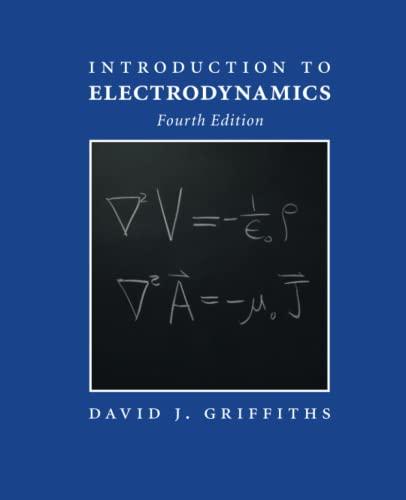A parallel-plate capacitor C, with plate separation d, is given an initial charge ()Q0. It is then
Question:
A parallel-plate capacitor C, with plate separation d, is given an initial charge (±)Q0. It is then connected to a resistor R, and discharges, Q(t) = Q0e−t/RC.
(a) What fraction of its initial energy (Q20 /2C) does it radiate away?
(b) If C = 1 pF, R = 1000 , and d = 0.1 mm, what is the actual number? In electronics we don’t ordinarily worry about radiative losses; does that seem reasonable, in this case?
Fantastic news! We've Found the answer you've been seeking!
Step by Step Answer:
Related Book For 

Question Posted:





